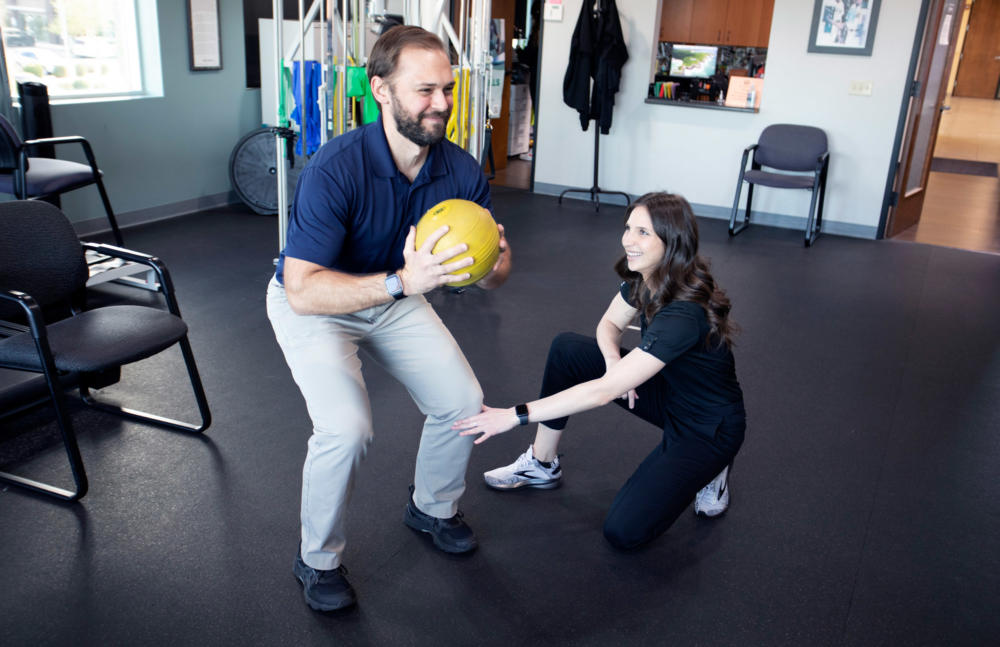As clinicians, our patients often ask us why one knee is swollen and painful after running or walking, but the other is not. For example, after assessing the patient’s pelvic alignment and lower extremities, we may find that the patient is suffering from a mal-aligned anterior superior iliac spine, or they may have legs of two different lengths. This is often a reliable indicator that our patient’s hips are not functioning correctly, leading to noticeable pain from the hip to the foot. Increasing hip stability alleviates this unwanted pain and discomfort while allowing the patient to run or walk at a higher level.
Hip Instability & Stability
Mal-aligned hips cause one side of a person’s leg to appear shorter than the other, distributing weight unevenly throughout the body and negatively affecting the lumbar spine. The tensor fascia lata becomes overactive as the femoral head translates anteriorly, tightening the IT band, creating a lateral pull of the knee joint, which leads to stress on the joint and causes the muscles surrounding it to work harder to stabilize.
You may even notice muscles, like the vastus medialis, becoming more significant in size due to compensatory patterns necessary to maintain stability. Hip instability, if untreated, may lead to tears in the meniscus, ACL (anterior cruciate ligament), or the MCL (medial collateral ligament), among other complications that require surgical interventions.
Stabilizing the hip joint is essential because it stabilizes the knee joint and decreases knee pain. One way to remember the importance of hip stabilization related to knee stabilization is that proximal stability equals distal mobility. Therefore, before we can proceed in the delivery of care aimed at stretching, strengthening, and educating our patients regarding hip stability related to knee stability, a few things need to be done. First, if possible, we stabilize the hip with selected interventions, such as exercises targeted at strengthening the muscle group surrounding the hip joint responsible for hip stabilization (i.e., gluteus medius). At the same time, we use selective interventions to correct pelvic alignment, which releases fibrous bands of tissue like the IT band and muscles in an unsteady state.
Where Does Knee Pain Start?
The gradual onset of knee pain indicates that muscular weaknesses surrounding the hip, knee joint, and overall lower extremity can be related to a mal-aligned pelvis. Knee pain often occurs with a combination of sharp pain along the medial and/or lateral side of the knee joint and signs of swelling within the knee joint. Treatment options for knee pain are vast, and most clinicians will possess their own specific set of interventions based on past experiences, education, and particular techniques.
If you want to know more about hip stability and knee pain, don’t hesitate to contact your local Foothills Sports Medicine Physical Therapy clinic. With locations all over the Valley, it’s likely there’s a clinic nearby waiting to help you!






